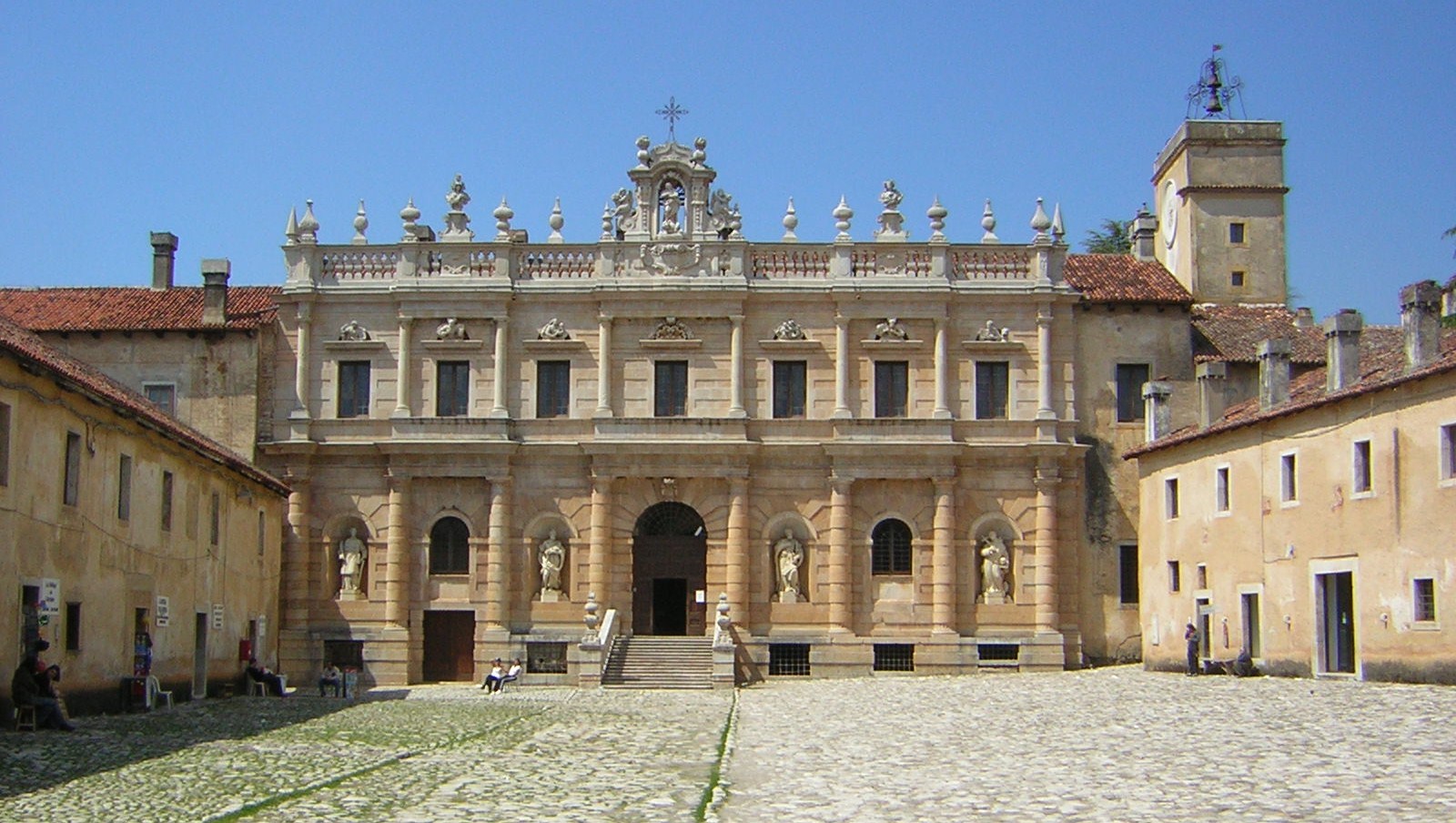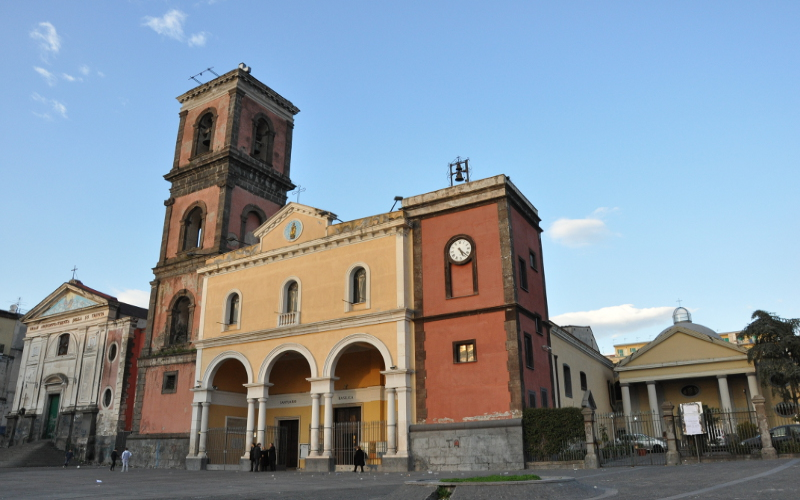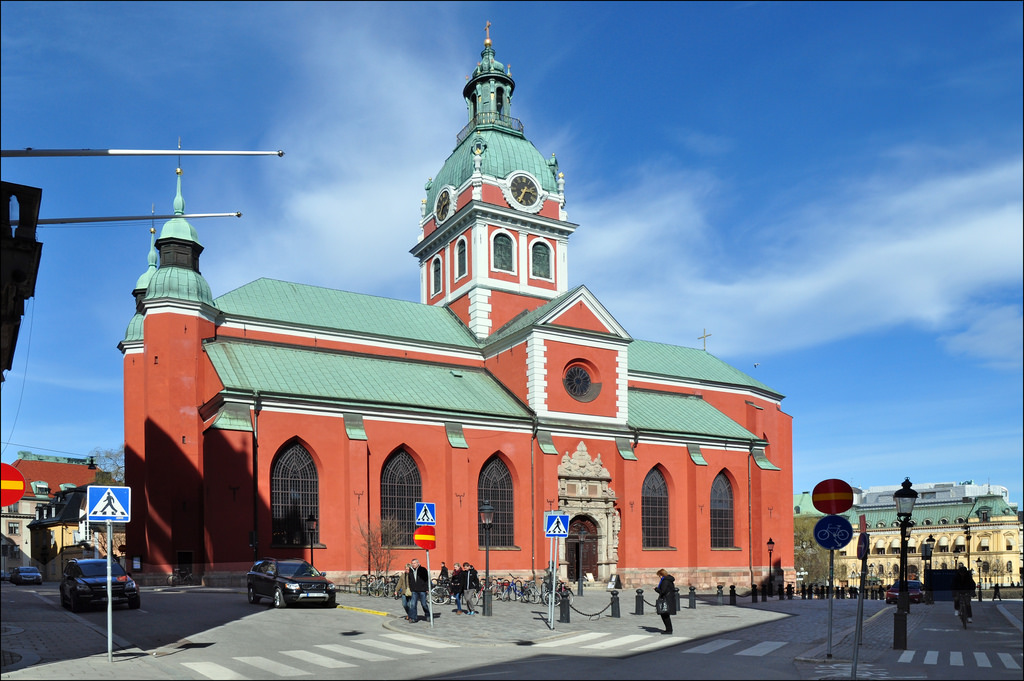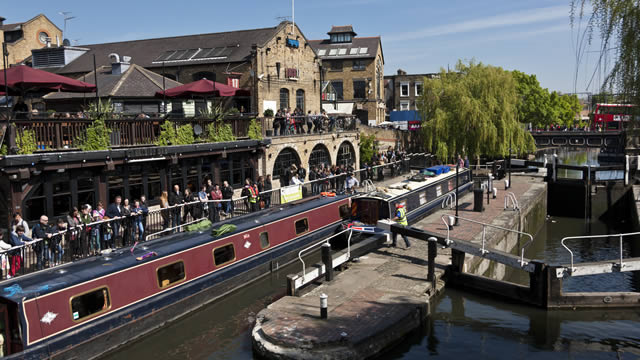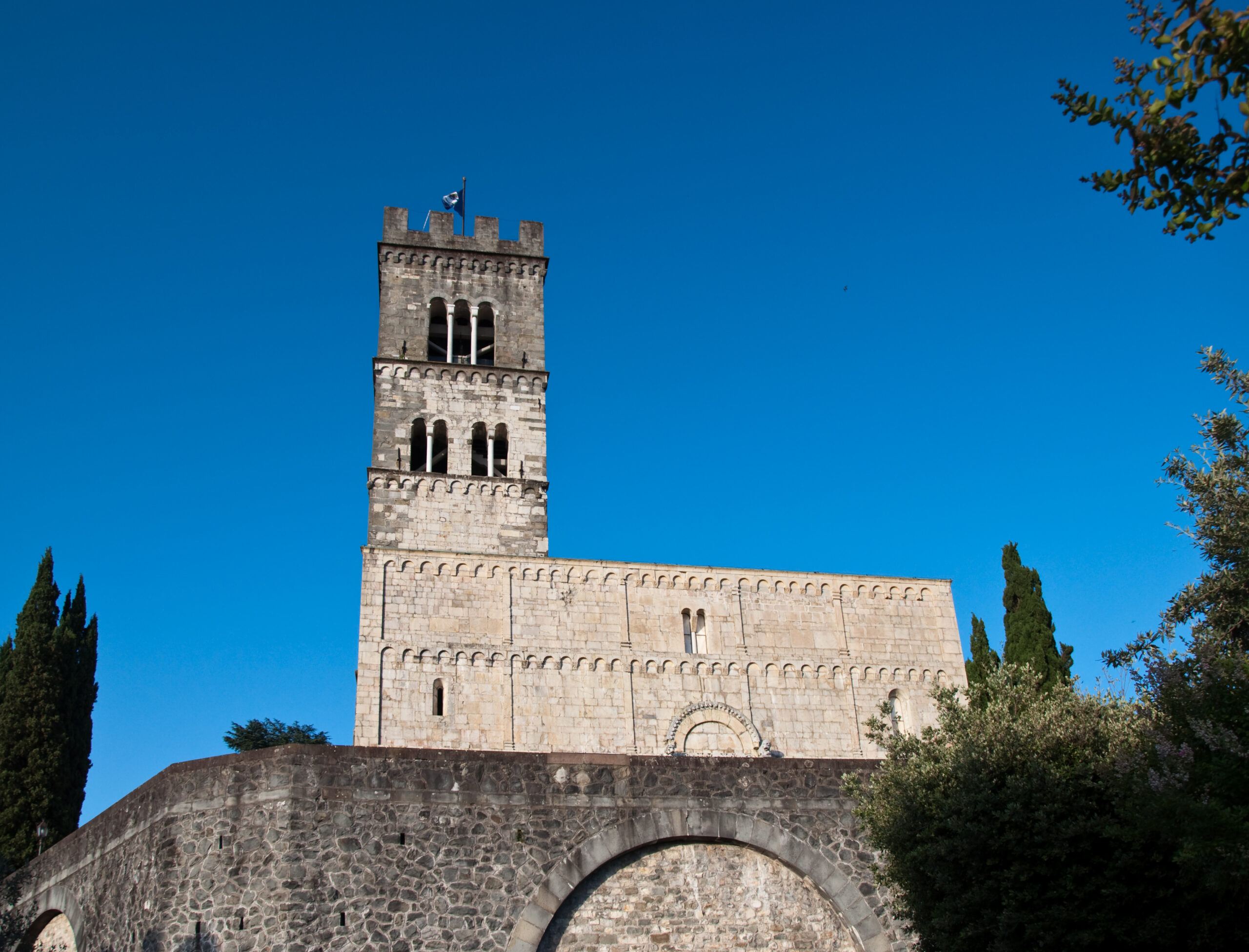In 1998 the Charterhouse was declared a UNESCO World Heritage Site, and in 2002 included by the Campania Region in the list of Great Cultural Attractions. These recognitions determined a new orientation towards a cultural policy that transformed it into a center of excellence, a venue for events, conferences and initiatives of international importance.
From 2002 to 2004 the Carthusian Monastery was the site of the triennial contemporary art event Le Opere e i Giorni; from 2003 to 2005 of Ortus Artis, an initiative on contemporary landscape architecture; in 2006 of the realization of the Fresco Bosco art-nature project curated by Achille Bonito Oliva.
The monument’s new mission has won new segments of the public, raising the flow of visitors to the level of about 135,000 annual visitors.
The next step in the final metamorphosis of the ancient monastery will be the establishment of the CO.RE Regional Museum, which will collect the more than one hundred works of art-paintings, sculptures, installations, videos … created by contemporary artists in the cells used as creative workshops.
Origins
The birth of Padula dates back to the 9th-10th centuries when, having ceased the Saracen raids, the population, which had taken refuge in the heights, preferred to settle on the hill, near the consular road, where the town still stands.View from above
Basilian monks contributed to the founding of the Charterhouse site, as evidenced by the Church of San Nicola alle Donne and the ruins of the ancient Monastery of San Nicola al Torone.
In 1296 Tommaso II Sanseverino, count of Marsico and lord of the Vallo di Diano, came into possession of the town; in particular, the site where the Grancia di San Lorenzo of the Abbot of Montevergine stood aroused his attention. In 1305 he obtained, by exchange with Abbot William, all the goods of the Grancia and donated them to the Carthusians of San Brunone. With the deed stipulated on January 28, 1306, the first nucleus of the Carthusian monastery began to rise, which over the centuries assumed the grandiose dimensions of today.
Panoramic ViewThe Carthusian order, founded by St. Brunone with a noble house in Grenoble, was supported by the Angevins, who also favored, subsequent to that of Padula, the establishment of other Carthusian monasteries in southern Italy: that of San Martino in Naples and those of Capri and Chiaromonte.
The Charterhouse in history
In the Risorgimento period, the region surrounding the Charterhouse, which was also the birthplace of many liberal spirits, met with the tragic end of the three hundred followers of Carlo Pisacane.Great cloister
Only a few elements remain of the primitive structure; the most significant transformations date back to the mid-16th century, after the Council of Trent: these include the guest quarters cloister and the main facade, enriched in the 1700s by sculptures and decorations by Vaccaro, as well as the tower of the Armigeri. The gilding of the church’s stucco work by converso Francesco Cataldi dates from the 1700s. Also from the 1700s are the frescoes and transformations of use of existing rooms.
Noble guest quarters
The Carthusians left Padula in 1807 because they were deprived of their possessions in the Vallo, Cilento, Basilicata and Calabria. The rich furnishings and all the artistic and book heritage were almost entirely lost, and the monument experienced a state of precariousness and abandonment. The external premises were given to private use, as was part of the desertum, the agricultural area of isolation that surrounded the Charterhouse. It was a concentration camp in the two world wars, as evidenced by the inscriptions in the outdoor courtyard and the paintings on the walls on the ground floor of the staircase.
Although it had been declared a national monument since 1882, the Carthusian Monastery was taken over by the Superintendence for Architectural Heritage of Salerno beginning in 1981, and only in 1982 did restoration work begin on one of the most significant architectural complexes of the 1700s in southern Italy.
Architecture and art of the Charterhouse
Around the outer courtyard most of the productive activities took place. On the left was the apothecary’s shop, the apothecary’s dwelling and the guest quarters, reserved, only in exceptional cases, for religious and distinguished nobles; in the right arm were the lodgings of the converged monks. This was the lower house that represented the trait d’union between the Charterhouse and the outside world.
In the church,divided transversely by a wall, the part near the presbytery was reserved for the cloistered fathers, who reached it through an internal passageway.The monks met once at night and twice during the day.Of interest are the altars made of scagliola, a type of plaster, with insertions of semiprecious stones and mother-of-pearl, the 16th-century wooden choir and the wooden door made of cedar wood from Lebanon dated 1374.Church
The small Old Cemetery fell into disuse when the fathers decided to have a new one built in the Great Cloister. In the Founder’s Chapel is the 16th-century sarcophagus of Tommaso Sanseverino (died 1324).
The kitchen derives perhaps from a refectory that was repurposed, as a 17th-century fresco of the Deposition, and a Christ surrounded by Carthusian monks, was found there under a compact whitewash, whitewash given with a coat of slaked lime. The theme of the paintings is, with all evidence, unsuitable for a kitchen.
Choir of Converts 1
In the refectory, where the rule of silence applied, the communal meal was eaten on feast days and during Lent. It is an eighteenth-century rectangular room decorated, on the back wall, with a 1749 oil-on-wall painting by Giuseppe D’Elia depicting the Wedding at Cana.
To the Prior’s Cell – a residential apartment of no less than ten rooms, plus various service rooms, the archive, direct access to the library, a beautiful garden with a frescoed loggia and the private chapel – one arrives after passing through a doorway that separates the area of the fathers’ cells from all the rooms described so far. Attached to the Prior’s Cell was a large library that held tens of thousands of books, illuminated manuscripts, manuscripts, of which only a very small part, about two thousand volumes, is still preserved in the Charterhouse today.Detail Choir of the Converse
Remarkable are the proportions of the Great Cloister, which, with its nearly fifteen thousand square meters of floor space, is one of the largest in Europe. Built beginning in 1583, it has two levels: below, the portico with the cells of the fathers; above, the windowed gallery used for the weekly walk. During this "outing," the enclosure was broken and the fathers could communicate and pray together.
Monumental Staircase
A double-flight elliptical staircase, with eight large windows, unites the two levels of the Great Cloister: signed by Gaetano Barba, a pupil of Vanvitelli, it gives access to the covered walkway, in whose four arms are displayed the works of art restored in the workshops of the Charterhouse, mainly from the earthquake-stricken towns of Salerno and Irpinia.
The current appearance of the Park, traversed by a system of orthogonal avenues for the monks to walk in prayer, corresponds only minimally to the 18th-century arrangement.Detail of the grand staircase.
